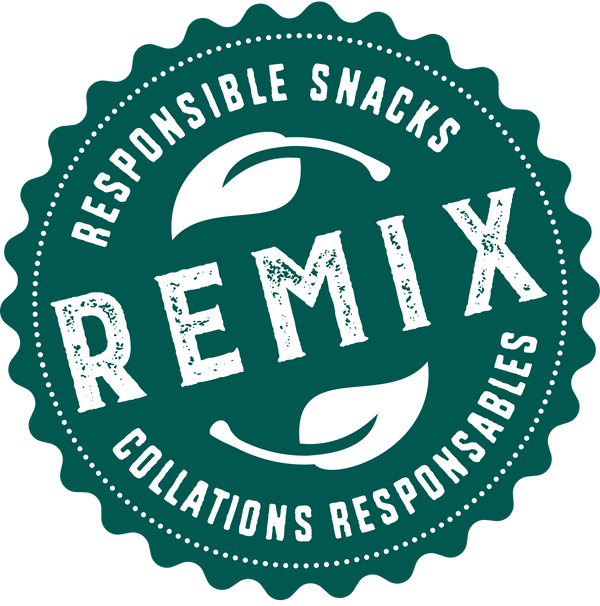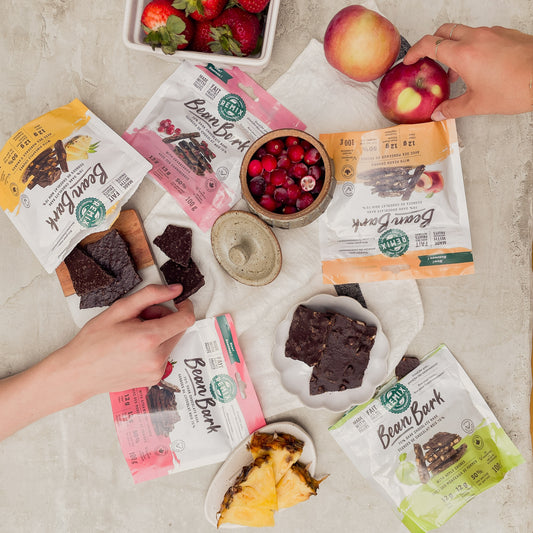
Written by: Cherlyne Mok, R.D., September 2020
Believe it or not, humans are born intuitive eaters. We are created with hormones that help regulate our appetite, giving out signals to tell us that we are hungry or full (1). It is important to note that there are different types of hunger in response to our different needs, whether physical or emotional. Unfortunately, we live in a busy world where we were systematically put on a scheduled eating time from a young age. Remember having to engulf your whole meal within that 15-20 minutes recess in school? Because of that, we have slowly lost touch with our hormonal signals to hunger and fullness along the way.
The Hunger and Satiety Scale
Hunger and fullness comes in different levels depending on how much nourishment your body needs. To help guide yourself to listen to your hormonal signals of hunger and fullness, a hunger and satiety scale is often used. Here is an example of a hunger and satiety scale and what it means on each level (2):
1 - You are at the point where you are starving so much that you might pass out! Your blood sugars are LOW-LOW-LOW and you may feel dizzy, weak, or irritable.
2 - You are so hungry you could have a full Thanksgiving meal to yourself! You are generally irritable, have low energy levels and your stomach is growling non-stop.
3 - Your stomach is beginning to growl and the urge to eat is strong. You’re beginning to look around for quick bites or you might be craving certain foods.
4 - You are just beginning to think about food. You could wait a little bit but you know that you would like to have your meal sometime soon.
5 - You are satisfied, neither hungry nor full. You feel generally focused when doing other things.
6 - You are pleasantly full and you can sense food inside your belly. You could still have a dessert if you want to.
7 - You are a little too full that you’re slightly uncomfortable. You dread seeing leftovers on your plate.
8 - You are stuffed, feeling as if you have overeaten. You might feel a little tired or cold.
9 - You are so uncomfortable that your stomach aches. You feel the urge to loosen your belt or unbutton your jeans.
10 - You have just eaten so much that you can’t even move! You might even feel sick at this point.
When Should You Start and Stop Eating?
Using the hunger and satiety scale as a guide, start eating when you’re at level 3 or 4 and stop when you’re around level 5 or 6. Did you know that there is an approximate of 20-minutes delay for our fullness signal to reach our brain? Hence pausing in between bites is always a great idea to check if you’re full (2). Remember, you don’t have to finish what is on your plate!
A Note on North American Portion Sizes
If you have ever been outside of North America, you might have noticed that portion sizes served in North American restaurants are so much larger. As a matter of fact, North American portion sizes have doubled or tripled over the last 20 years (4)!
Funny story: About 5 years ago when I first came to Montreal, I had biryani at a restaurant with my friends from Malaysia. As we were done eating, my friends were shocked to see that my plate was still heaping full with biryani! We still laugh about it to this date.
What About Food Waste?
As you have learnt to honour your fullness cues, you might realize that you are not finishing what’s on your plate, especially with North American portion sizes. I’ve said it and I will say it again: you don’t always have to finish what’s on your plate! Instead, take this opportunity to figure out the right portion size to satisfy your hunger - and serve that at your next meal!
If you have leftovers when eating out, you can always ask for a to-go box and store it for your next meal! On the other hand, if you are eating at home, you could always start with half the serving you normally serve yourself, and take a refill if you still feel hungry after the first serving. This also gives you a chance to pause between your meals to check if you’re full!
To dive in deeper into topics of intuitive eating, I invite you to join our Facebook Group: Mindful Snacking Community! Cheers to better health!
References:
-
Austin, J., & Marks, D. (2009). Hormonal regulators of appetite. International journal of pediatric endocrinology, 2009, 141753. https://doi.org/10.1155/2009/141753
-
Zink, M. (2019). 141: How to Determine Your Fullness – A New Year Guide. Retrieved September 23, from https://ffc.com/141-news/141-how-to-determine-your-fullness-a-new-year-guide/
-
Healthwise Staff. (2019). Healthy Eating: Recognizing Your Hunger Signals. Retrieved September 23, from https://www.healthlinkbc.ca/health-topics/zx3292
-
We Can! (2013) Larger Portion Sizes Contribute to U.S. Obesity Problem. Retrieved September 23, from https://www.nhlbi.nih.gov/health/educational/wecan/news-events/matte1.htm





